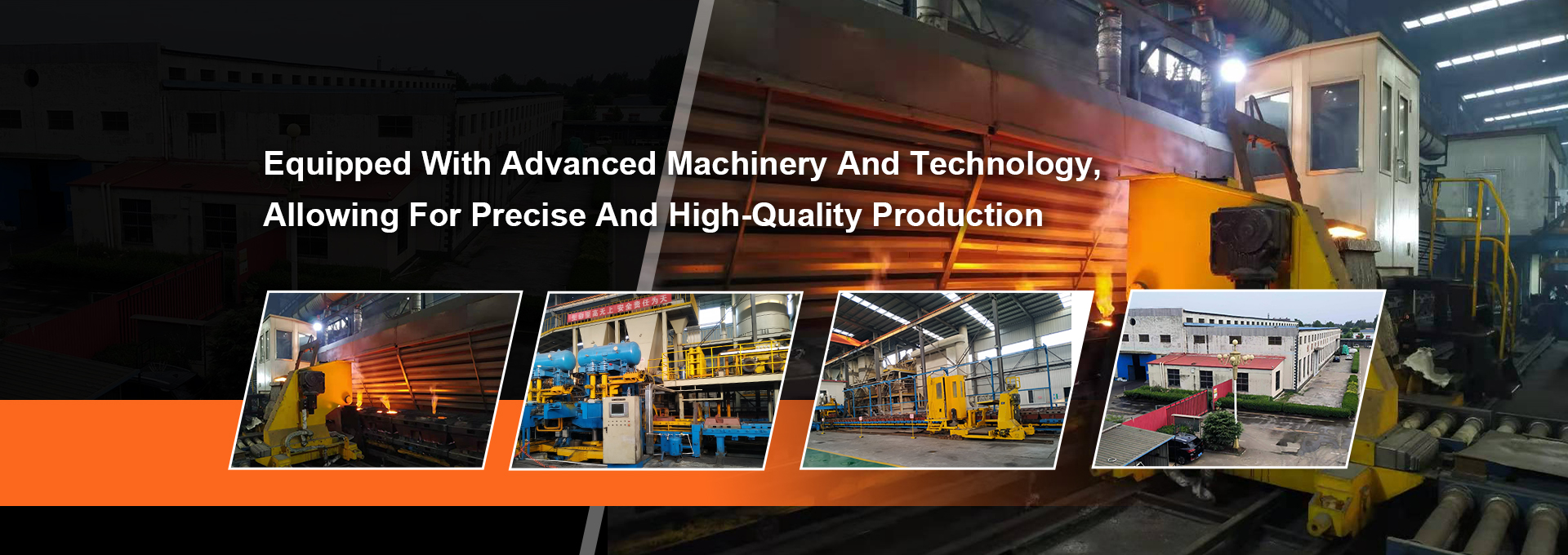
-
 Afrikaans
Afrikaans -
 Albanian
Albanian -
 Amharic
Amharic -
 Arabic
Arabic -
 Armenian
Armenian -
 Azerbaijani
Azerbaijani -
 Basque
Basque -
 Belarusian
Belarusian -
 Bengali
Bengali -
 Bosnian
Bosnian -
 Bulgarian
Bulgarian -
 Catalan
Catalan -
 Cebuano
Cebuano -
 Corsican
Corsican -
 Croatian
Croatian -
 Czech
Czech -
 Danish
Danish -
 Dutch
Dutch -
 English
English -
 Esperanto
Esperanto -
 Estonian
Estonian -
 Finnish
Finnish -
 French
French -
 Frisian
Frisian -
 Galician
Galician -
 Georgian
Georgian -
 German
German -
 Greek
Greek -
 Gujarati
Gujarati -
 Haitian Creole
Haitian Creole -
 hausa
hausa -
 hawaiian
hawaiian -
 Hebrew
Hebrew -
 Hindi
Hindi -
 Miao
Miao -
 Hungarian
Hungarian -
 Icelandic
Icelandic -
 igbo
igbo -
 Indonesian
Indonesian -
 irish
irish -
 Italian
Italian -
 Japanese
Japanese -
 Javanese
Javanese -
 Kannada
Kannada -
 kazakh
kazakh -
 Khmer
Khmer -
 Rwandese
Rwandese -
 Korean
Korean -
 Kurdish
Kurdish -
 Kyrgyz
Kyrgyz -
 Lao
Lao -
 Latin
Latin -
 Latvian
Latvian -
 Lithuanian
Lithuanian -
 Luxembourgish
Luxembourgish -
 Macedonian
Macedonian -
 Malgashi
Malgashi -
 Malay
Malay -
 Malayalam
Malayalam -
 Maltese
Maltese -
 Maori
Maori -
 Marathi
Marathi -
 Mongolian
Mongolian -
 Myanmar
Myanmar -
 Nepali
Nepali -
 Norwegian
Norwegian -
 Norwegian
Norwegian -
 Occitan
Occitan -
 Pashto
Pashto -
 Persian
Persian -
 Polish
Polish -
 Portuguese
Portuguese -
 Punjabi
Punjabi -
 Romanian
Romanian -
 Russian
Russian -
 Samoan
Samoan -
 Scottish Gaelic
Scottish Gaelic -
 Serbian
Serbian -
 Sesotho
Sesotho -
 Shona
Shona -
 Sindhi
Sindhi -
 Sinhala
Sinhala -
 Slovak
Slovak -
 Slovenian
Slovenian -
 Somali
Somali -
 Spanish
Spanish -
 Sundanese
Sundanese -
 Swahili
Swahili -
 Swedish
Swedish -
 Tagalog
Tagalog -
 Tajik
Tajik -
 Tamil
Tamil -
 Tatar
Tatar -
 Telugu
Telugu -
 Thai
Thai -
 Turkish
Turkish -
 Turkmen
Turkmen -
 Ukrainian
Ukrainian -
 Urdu
Urdu -
 Uighur
Uighur -
 Uzbek
Uzbek -
 Vietnamese
Vietnamese -
 Welsh
Welsh -
 Bantu
Bantu -
 Yiddish
Yiddish -
 Yoruba
Yoruba -
 Zulu
Zulu
Drum Systems for Enhanced Brake Performance and Reliability
Drums for Brakes An Essential Component of Automotive Safety
When it comes to vehicle safety, one of the most critical components is the braking system. Among the various braking systems used in automobiles, drum brakes have a long history and remain prevalent in many vehicles today. While newer technologies such as disc brakes have become more popular in modern cars, drum brakes still play a vital role, especially in smaller vehicles and those designed for economical performance.
Understanding Drum Brakes
Drum brakes consist of a hollow drum that rotates with the vehicle's wheels. Inside the drum, brake shoes are positioned against the inner surface of the drum. When the driver applies the brakes, hydraulic pressure forces the brake shoes outward against the drum, creating friction that slows down the wheel's rotation. This mechanism is straightforward but highly effective, providing reliable stopping power.
The Advantages of Drum Brakes
One of the primary benefits of drum brakes is their ability to generate high levels of friction in a compact form, making them highly efficient for smaller vehicles. Drum brakes are also less prone to water and debris interference compared to disc brakes, allowing them to maintain performance in various weather conditions. Furthermore, because of their design, drum brakes can provide excellent braking power at lower speeds, making them suitable for city driving and daily commutes.
Another advantage of drum brakes is their cost-effectiveness. Manufacturing and maintenance costs tend to be lower than those associated with disc brakes. This affordability makes drum brakes an appealing choice for budget-conscious manufacturers and consumers alike, especially in the context of mass-market vehicles.
Limitations of Drum Brakes
drums for brakes

While drum brakes have several benefits, they also come with limitations. One significant drawback is their performance under heavy braking conditions. Drum brakes can overheat more quickly than disc brakes, leading to brake fade — a reduction in stopping power due to excessive heat. This phenomenon can be dangerous, especially in emergency situations where immediate braking is crucial.
Additionally, the complexity of the drum brake design can complicate maintenance. Unlike disc brakes, which can be easier to inspect and replace, drum brakes require more extensive disassembly to reach and service the components. Therefore, although they may be less costly initially, the long-term maintenance and potential need for repairs can offset these savings.
Current Trends and Future Outlook
As automotive technology continues to evolve, there is an ongoing debate about the relevance of drum brakes in an increasingly modern vehicle landscape. The rise of electric vehicles (EVs) and advanced driver-assistance systems (ADAS) has put additional pressure on all braking systems to improve efficiency and effectiveness. Although disc brakes are gaining popularity, especially in performance and luxury vehicles, drum brakes still hold their ground in utilitarian vehicles, such as trucks and sedans.
In the future, it is possible we may see hybrid braking systems that incorporate both drum and disc designs to capitalize on the advantages of each. Innovations like regenerative braking in electric vehicles may also influence the design and prevalence of traditional braking systems, including drum brakes.
Conclusion
In summary, drum brakes play an essential yet often understated role in automotive safety. While they face challenges from modern braking technologies, their reliability, cost-effectiveness, and proven performance in specific applications ensure that drum brakes will remain a fixture in the automotive industry for years to come. As the landscape continues to evolve, manufacturers must balance the benefits of traditional drum brakes with the demands of modern technology and safety standards. Ultimately, the future of drum brakes will depend on their ability to adapt and meet the changing needs of drivers everywhere.
-
What Are Drum BrakesNewsJul.07,2025
-
Understanding Brake Drum MaterialNewsJul.07,2025
-
Semi-Trailer Brake Drum: A Key Component for Extreme Loads and Long-Distance TransportNewsJul.07,2025
-
Drum Brake Pads for SaleNewsJul.07,2025
-
Brake Drums for SaleNewsJul.07,2025
-
Brake Drum ManufacturerNewsJul.07,2025
-
Aluminum Brake Drums: The Future of High-Performance CarsNewsJul.07,2025
